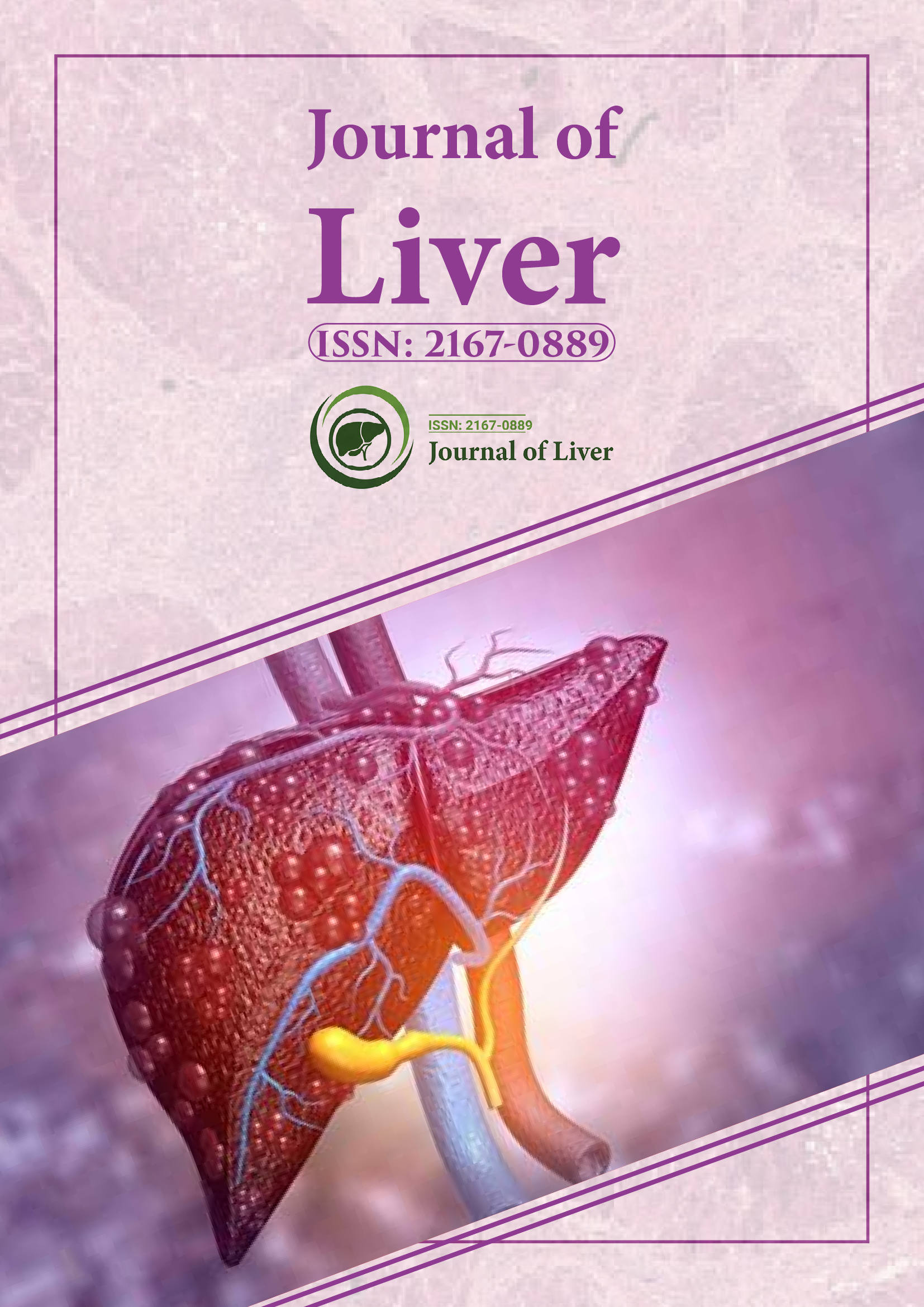Indexed In
- Open J Gate
- Genamics JournalSeek
- Academic Keys
- RefSeek
- Hamdard University
- EBSCO A-Z
- OCLC- WorldCat
- Publons
- Geneva Foundation for Medical Education and Research
- Google Scholar
Useful Links
Share This Page
Journal Flyer

Open Access Journals
- Agri and Aquaculture
- Biochemistry
- Bioinformatics & Systems Biology
- Business & Management
- Chemistry
- Clinical Sciences
- Engineering
- Food & Nutrition
- General Science
- Genetics & Molecular Biology
- Immunology & Microbiology
- Medical Sciences
- Neuroscience & Psychology
- Nursing & Health Care
- Pharmaceutical Sciences
Abstract
Non-Invasive Parameters of Oesophageal Varices Diagnosis: Which Sensitive and Applicable; A Pilot Study
Elham Ahmed Hassan, Abeer Sharaf El-din Abd El-rehim, Zain El-Abdeen Ahmed Sayed, Emad Farah Mohamed Kholef, Mostafa Abdullah Mohammed Hareedy and Refaat Fathy Abd EL-aal
Background: Oesophageal varices (OV) have the greatest clinical impact. Upper endoscopy is the gold standard for OV diagnosis, despite its own limitations. Non-invasive detection of OV promises to decrease the necessity of endoscopic screening.
Objectives: To assess blood ammonia level, spleen longitudinal (SLD), portal vein (PVD), splenic vein (SVD) diameters, platelets count and platelets/SLD ratio to evaluate their predictive accuracy as non-invasive indicators for the presence of OV and their correlation with variceal size. Patients and methods: This was a prospective study. Sixty cirrhotic patients were screened using upper endoscopy (for the presence and size of OV) and abdominal ultrasonography (for measurement of PVD, SVD, SLD). Fasting blood ammonia level, platelets / SLD ratio were measured.
Results: Blood ammonia, PVD, SVD and SLD were significantly higher in patients with OV than those without (P < 0.001 for all). Using area under receiver operating characteristic curve (AUC), these parameters were good predictors for the presence of OV where, PVD had the highest AUC (I.00) followed by blood ammonia (AUC 0.99). Blood ammonia level correlated with variceal size (rho = 0.442, P = 0.002).
Conclusion: Blood ammonia, PVD, SVD and SLD were good non-invasive predictors for OV presence with the superiority of PVD and ammonia. Blood ammonia level could be clinically useful, as it correlated with the size of OV so, pinpoint those patients requiring closer follow-up and endoscopic screening.
